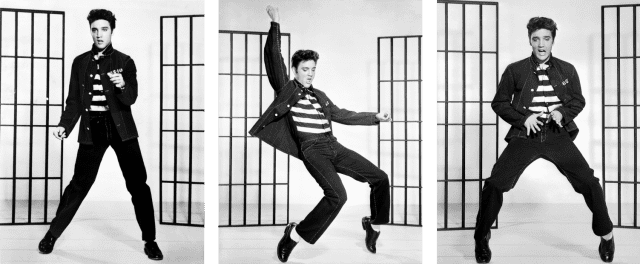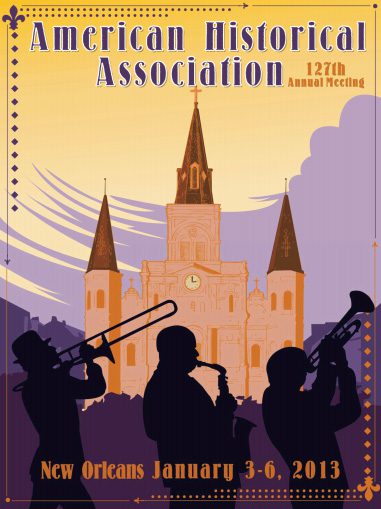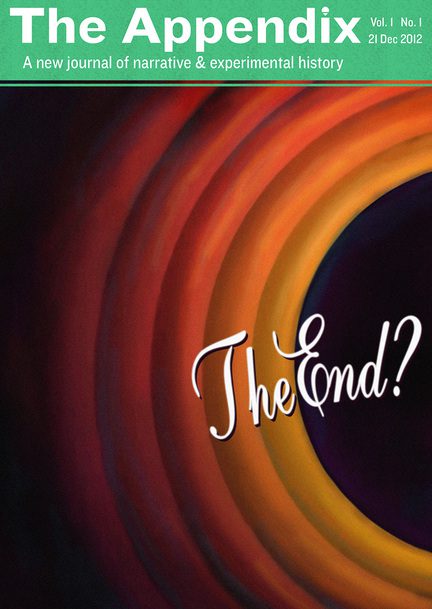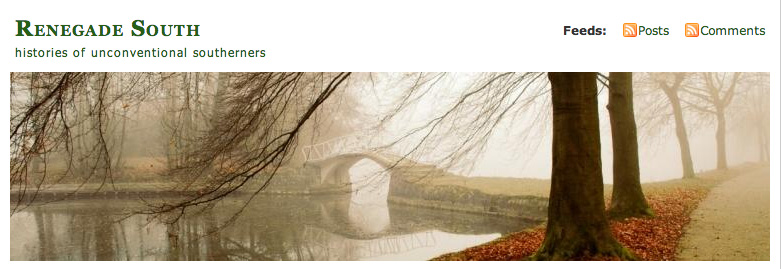by Jesse Ritner
I love food blogs.
It’s true. The bad jokes. Exclamation marks run rampant. Mouthwatering photographs. The word chocolate, over 70 times in only 1,000 words.
Unsurprisingly, my first foray into history blogs was through food. Websites such as Cooking in the Archive (which posts about antiquated recipes with pictures and all) were natural fits. Yet, there is more to my love of food blogs than a love to cook and the guilty pleasure of overly punctuated sentences. Many of them have perfected essential aspects of blogging.
Take Sally’s Baking Addiction. The posts have attractive titles. (“Death by Chocolate Cupcakes” may be cheesy, but it is perfect for its audience.) They have clear, often linear, narration. They allow for endless side glancing through linked articles. And, most importantly, they have food porn.

(Is that even food?)(via Great British Chefs)
Granted, food blogs have their limits. For lucid prose and thought provoking ideas, I would direct you other places. But even my favorite history blogposts follow a similar model. Demystifying ‘Cool:’ A Brief History begins with a personal anecdote. (Is a story about once being called cool that different from a story about a perfect cupcake?) Flashy pop-culture pictures of Elvis, Lester Young, and the book American Cool take the place of food photography. And the beginning of the post even has runaway italicizing and punctuation: “Ohmigosh…that is so cool.” (A blogger after my own heart.)
Such overtures to internet culture may seem pedestrian, but they play an essential role in communicating complicated processes simply and briefly. Kate Grover’s opening anecdote does not simply hook the reader, it reminds the reader that “cool… is a potent force,” so shouldn’t we know its history? In a similar way, the picture of Elvis diversifies her examples, saving a paragraph on another example of coolness. All of this is to say that the best blogs do not simply use hooks to hook and pictures to illustrate, they use them as evidence to efficiently and enjoyably convince the reader.

Elvis Presley promoting the film Jailhouse Rock, 1957 (via Wikimedia Commons)
Perhaps, a less kitschy example (although still about food) is Res Obscura’s recent post What Did 17th Century Food Taste Like? Paintings and photos of archival recipes are used throughout the article, but the most successful one for me is the photo of the watermelons. There is no need for the author to waste precious characters explaining how watermelons have adapted throughout the history. Anyone with access to a supermarket can look at the painting and understand. The blogpost is far from perfect. The article gets side tracked on discussions about art history, while the general premise (made clear by the title) is overly complicated by convoluted discussion of global foodways. While it convinces me that the Columbian Exchange enhanced the dynamism of foodways, this discussion distracts from the main point: that food tasted differently four hundred years ago. Nevertheless, what becomes muddled in the argument, is actually reaffirmed through the picture selection. Even those readers who stumble upon this article after falling down a rabbit hole of links, can get the gist just by reading the title and seeing this picture. Certainly as writers, we prefer when people read the entire post, but when engaging in such a malleable form of writing, it is important for our posts to click on all levels.

Giovanni Stanchi, watermelons and other fruits in a landscape, c. 1645 (via Red Obscura)
Something else food blogs are especially good at is embedding links. Food blogs are so effective, in part because I only need to know I want chocolate, vanilla, cookies, or cake. Once I know that, I can skim through almost endless links allowing me to find what I want. Even if I did not know what that was. Although history blogs are engaged with for different purposes, the same principle applies. Once again What Did 17th Century Food Taste Like? does a great job of embedding extraneous information. In some cases it is a link to “small beer,” (which is apparently a low alcohol beer given to kids and servants), a recipe for an early version of “Maccarony cheese” (note it is from one of my favorite blogs), or simply links to specific food history blogs at the end of the post. These links not only give easy access to similar information, but for those interested, they allow the reader to engage seriously with the author’s sources (even if unintentionally so). In this case, Demystifying ‘Cool:’ A Brief History could certainly benefit from better integration of outside sources (For instance, I had to look up who Lester Young was!).
Good writing and engaging stories will always make good blogposts: There is no substitute. I also understand that food blogs are far from the only genre that engages meaningfully with images, links, and exaggerated stories. Yet, because their goal is usually to explain a recipe, they are a perfect template for making accessible otherwise academic takes on history.
Also by Jesse Ritner on Not Even Past:
The Curious History of Lincoln’s Birth Cabin
Paying for Peace: Reflections on “Lasting Peace” Monument
You may also like:
Domesticating Ethnic Foods and Becoming American
Great Books on Urban Foodways
Demystifying “Cool:” A Brief History
 How important are these changes? At this year’s annual convention of the American Historical Association,
How important are these changes? At this year’s annual convention of the American Historical Association, 



